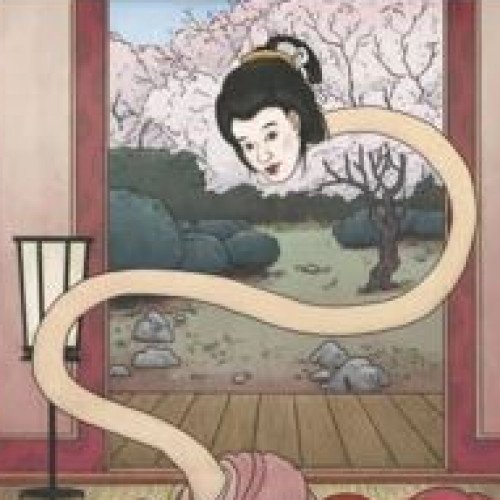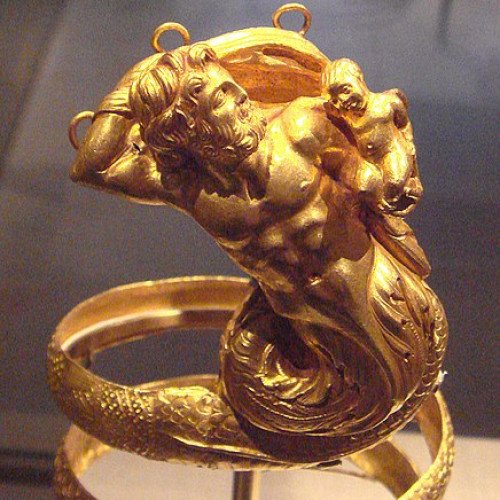Rokurokubi VS Triton (mythology)

Rokurokubi
Rokurokubi (ろくろ首, 轆轤首) is a type of Japanese yōkai (apparition). They look almost completely like humans with one of two differences. There is a type whose neck stretches and another whose head detaches and flies around freely (nukekubi). The Rokurokubi appear in classical kaidan (spirit tales) and in yōkai works. It has been suggested, however, that the idea of rokurokubi may have been created for scaring people into staying in past midnight
Statistics for this Xoptio

Triton (mythology)
Triton (; Greek: Τρίτων Tritōn) is a Greek god of the sea, the son of Poseidon and Amphitrite, god and goddess of the sea respectively. Triton lived with his parents, in a golden palace on the bottom of the sea. Later he was often depicted as having a conch shell he would blow like a trumpet. Triton is usually represented as a merman, with the upper body of a human and the tailed lower body of a fish. At some time during the Greek and Roman era, Triton(s) became a generic term for a merman (mermen) in art and literature. In English literature, Triton is portrayed as the messenger or herald for the god Poseidon. Triton of Lake Tritonis of Ancient Libya is a namesake mythical figure that appeared and aided the Argonauts.